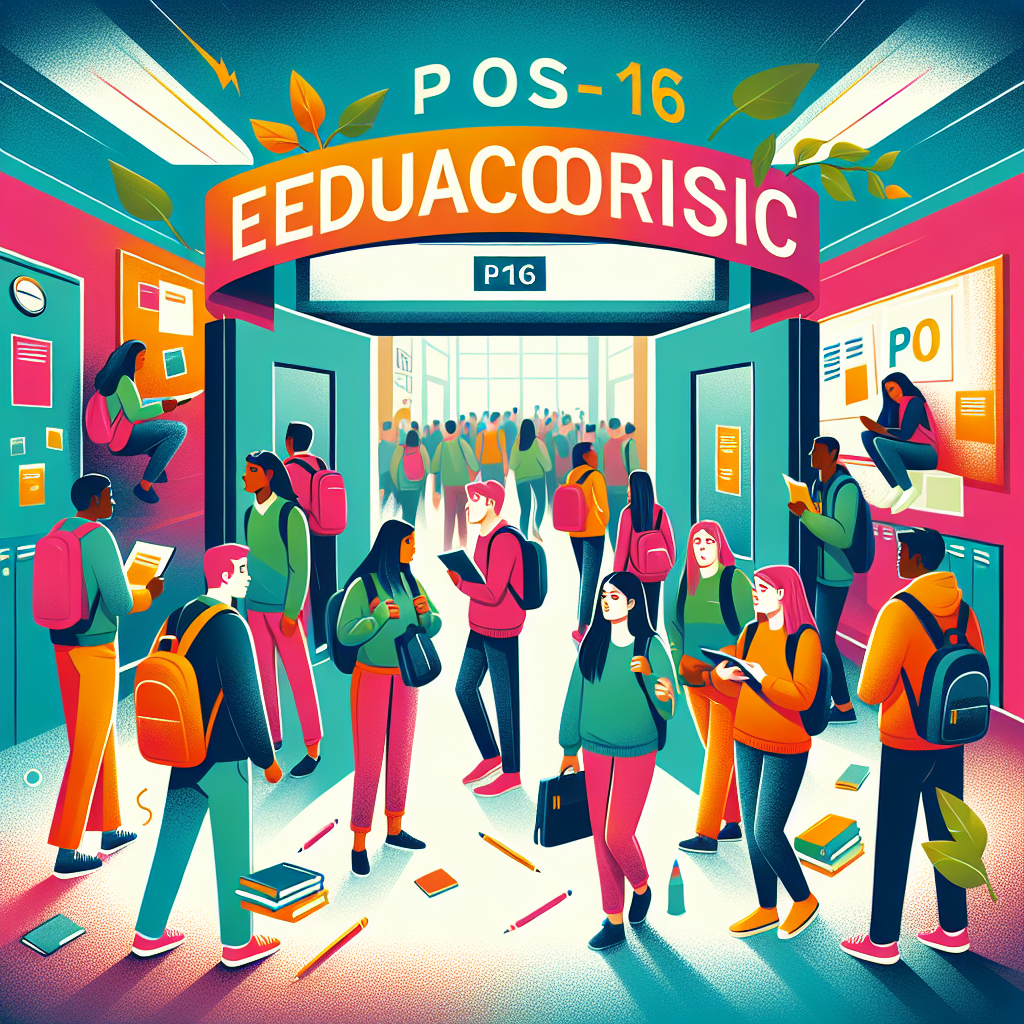
Navigating the AI Revolution in Education: Challenges and Opportunities

Are We Ready for the AI Revolution in Education?
Well, here’s a thought: are we truly prepared for this AI revolution in education? I’ve been following a rather fascinating trend, and it’s one that deserves our attention. More and more learners and their parents are now using AI to draft data subject access requests to colleges. Although it sounds quite tech-savvy, this increasing reliance on AI is actually presenting some real challenges for educational institutions. Strains on resources in unexpected ways are becoming the norm, and we need to discuss it.
The Surge in AI Usage
Let’s start with what we know. The demand for AI assistance in education has grown exponentially. Students who once might have called up their colleges for support are now crafting their requests through chatbots and automated tools. This surge begs the question: are colleges equipped to handle this influx of digital requests?
Many institutions are grappling with the reality that they might not be fully prepared for the flood of queries coming through AI channels. Picture this—you’re already dealing with a busy office when suddenly a mountain of AI-generated requests lands on your desk. How do you cope? The answer isn’t simple.
Quality Control in the AI Age
One of the most pressing concerns is quality control. While AI can whip up requests faster than you can say “data protection”, the accuracy and clarity of these requests can be hit or miss. This raises a significant question: how do colleges ensure they are effectively addressing these requests? I mean, we’re not just talking about a few typos here; the importance of clear and precise communication in education cannot be overstated.
Colleges need to consider how they can assess the information coming through these AI-generated communications. If the request lacks clarity, can the institution respond appropriately? The stakes are high, and misunderstandings can lead to a host of further complications.
Reassessing Resource Allocation
With increased demand and the potential pitfalls regarding quality, it’s no surprise that many colleges are rethinking their resource allocation strategies. They are facing pressures that call for a delicate balance. How do they accommodate the sheer volume of requests while continuing to support all students effectively?
Some institutions might need to invest in training their staff to better handle AI-related queries, or perhaps even consider new tech solutions to streamline the process. But here’s the catch—while it’s essential to modernise, we mustn’t lose the personal touch that is so vital in education.
As someone who has always championed the blend of technology and personal engagement, I find this balance crucial. There’s something special about human interaction that an AI simply can’t replicate. We must not forget the importance of nurturing relationships in the educational sphere, even as we embrace these technological advancements.
Open Discussions Are Key
Now, as we navigate this evolving landscape, it’s imperative that we foster open discussions. The goal should be to strike a harmonious balance between using AI to enhance education while ensuring it doesn’t overwhelm our systems. So let’s ask ourselves: How can we best support both educational institutions and learners in harnessing the benefits of AI? This dialogue is essential.
I genuinely believe that the future of education relies heavily on these conversations. After all, it’s about finding innovative ways to enhance learning without compromising the values and support systems we’ve built. This is a shared journey, and we are all part of it.
I’d love to hear your thoughts on this! What are your experiences with AI in education? Do you see it as a helpful tool or a potential pitfall? Let’s engage and share ideas.
Remember, your voice matters in shaping the future of education. Let’s make sure we’re all prepared for what lies ahead.
#CitySkills #AIEducation #FutureOfLearning




